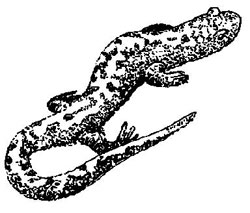No, that was the only time.
Huestis prepared this manuscript and left it there. When Doc Ruhle found he had an eager individual there like Jim Kezer, he realized he had an opportunity.
You were reeled in pretty easily to be editor?
Oh, sure, I loved it. I figured it was a compliment.
So it was pretty natural that you would be the editor of the 1952 volume?
Exactly, I was right there ready for the picking.
I don’t know if you will remember about the costs of Nature Notes. Were these issues all that expensive to print? In fact, where were they printed?
I don’t know at all. The manuscripts were accumulated by me as the editor, and then I simply turned those things over to Doc Ruhle or to Harry Parker. They were then responsible for organizing the issue into its final form. They worked on Nature Notes during the winter and got it ready for publication.
Was it available before you left the park that fall?
It would not have been published until the winter. We would continue to accumulate manuscripts until the very end of the season. They were all presented to the chief park naturalist who was responsible for editing the publication.
Did the editor have much difficulty recruiting articles?
I would say no. During the Ruhle era, the ranger naturalists were given one day a week free to explore the park. In return they were asked to prepare a article for the publication. Nearly all of them did. There were just a few who failed to submit one.
I noticed that the 1951 Nature Notes was lithographed by Edward Brothers in Ann Arbor, Michigan.
Yes. That would have been up to the chief park naturalist to do that kind of administrative work.


